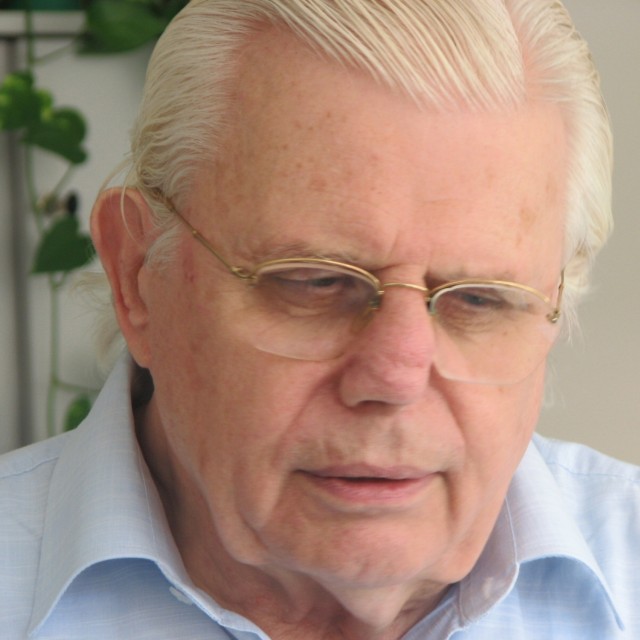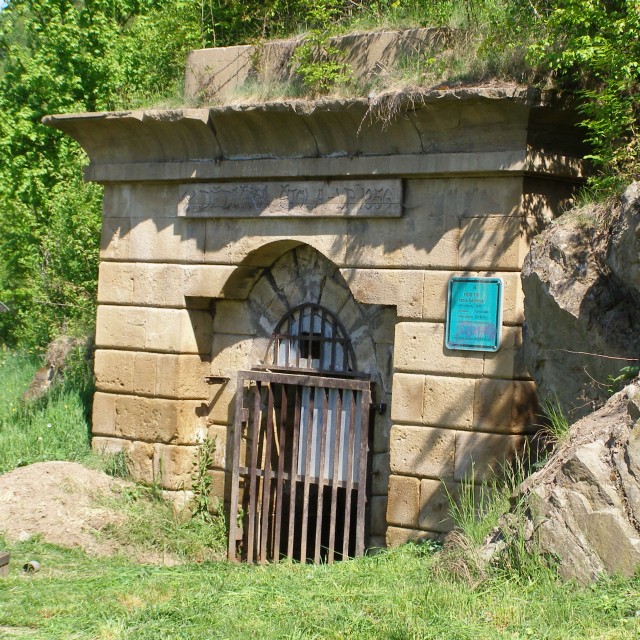An Overcrowded Local Train to Kukla Mine
During the Second World War, there was a labour concentration camp affiliated to Kukla mine in Oslavany. Among the prisoners who were interned here for forced labour was also a Czech architect of German-Jewish origin named Pavel Spielmann. His son Petr and wife Leopoldina were among those, who regularly visited their relatives in the camp - every Sunday, they would come by an overcrowded local train from Brno. Petr Spielmann recalls that there were so many people heading to Oslavany, that they could hardly fit in the train. When the train reached a hill, everyone had to get off and scale the hill on foot; the train waited for them on the top and from there they continued. The return trip was the same. “We used to visit the group of miners my father worked with, but we never actually got to see him,” Petr Spielmann recalls; “I was nine at that time and I remember that once we saw my father and waved to him…” Luckily, Mr. Spielmann’s father managed to survive the war and the entire family happily re-united in May 1945.
Hodnocení
Hodnotilo 0 lidí
Routes
Not a part of any route.
Comments
No comments yet.



